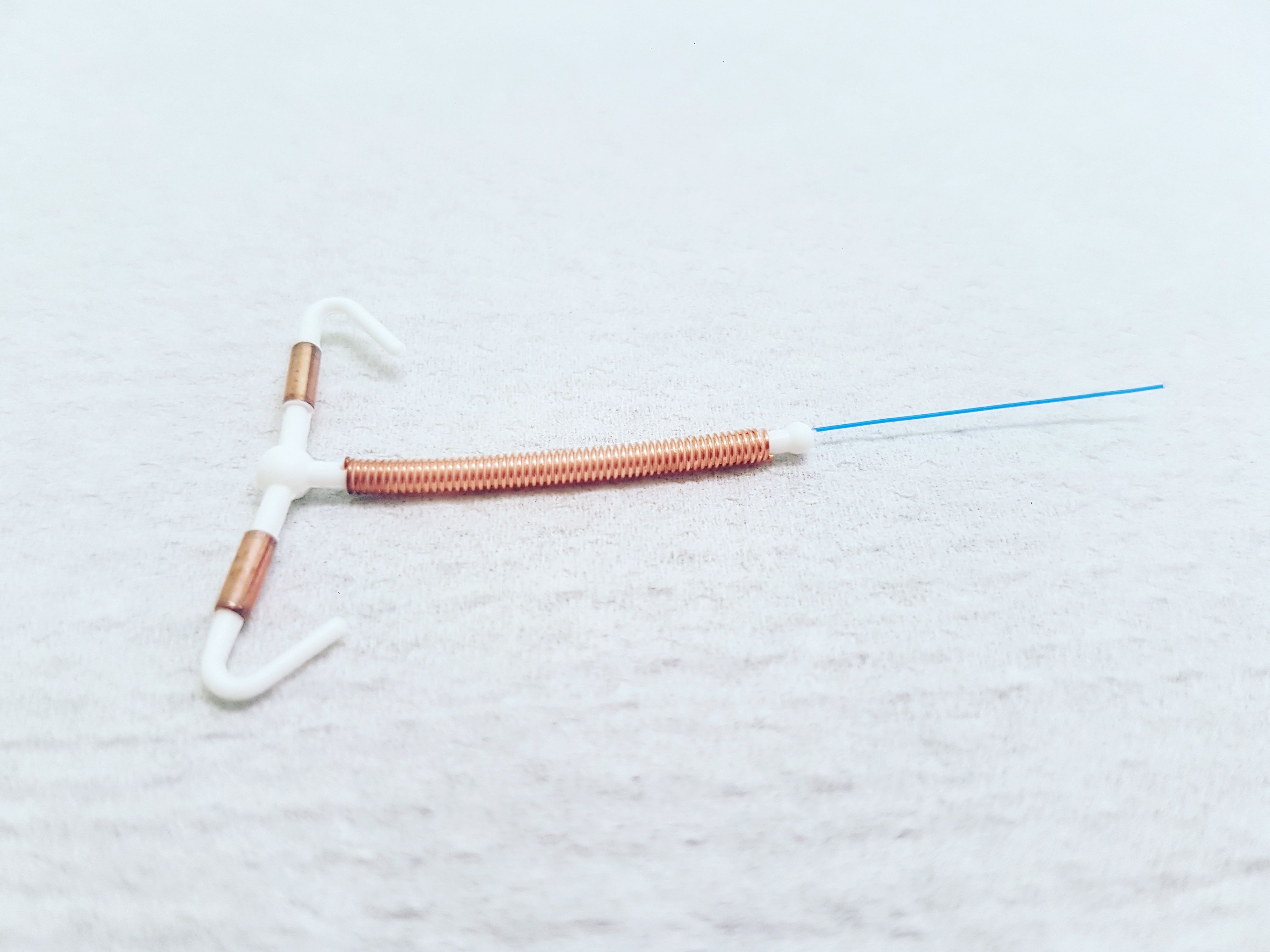How to improve IUD insertion after previous insertion failure
An Egyptian study found that adding a simple step to the IUD insertion process resulted in a 93% success rate for women whose previous insertion attempt failed.
©laura - stock.adobe.com

Use of vaginal misoprostol before copper intrauterine device (IUD) insertion in parous women after a failed first attempt increased the rate of successful insertion, according to results of a randomized clinical trial conducted in Egypt.
Potential barriers to IUD insertion are women’s fear of pain and their anxiety at insertion, while for healthcare providers there is dread of causing pain or difficult insertion that might end in failure. “It is therefore important to identify effective approaches to ease IUD insertion in order to overcome obstacles hindering IUD use,” wrote the authors in The European Journal of Contraception & Reproductive Health Care.
The investigators noted that misoprostol, a synthetic prostaglandin analogue,has been used extensively in many ob/gyn procedures for its cervical softening effects. However, a previous systematic review of 10 randomized controlled trials indicated that misoprostol neither improved ease of insertion nor improved insertion success.
The current single-center, double blind, placebo-controlled study was performed at Ain Shams University Maternity Hospital in Cairo, between October 2015 and August 2016, during which 90 parous women underwent IUD insertion (TCu380A; Pregna, Mumbai, India) after a failed attempt.
Participants randomly received either misoprostol 200 μg (n = 45) or a placebo tablet (n = 45), applied vaginally 10 hours and 4 hours prior to the second attempted IUD insertion, without ultrasound guidance.
Because accessibility of ultrasound is lacking in most family planning centers in Egypt, misoprostol is often used as an alternative method to facilitate IUD insertion after previous failure, due to its wide availability, safety profile, easy administration, and low cost. The primary outcome of the study was the success of IUD insertion.
In the misoprostol group, 93.3% of women had a successful IUD insertion, as opposed to only 53.3% in the placebo group (P < 0.001). Similarly, cervical dilation was required in nearly 50% of the women in the misoprostol group, compared to all but one woman in the placebo group, resulting in successful insertion rates of 87.5% and 52.3%, respectively, in these subgroups.
A soft cervix was also significantly linked to insertion success (P= 0.011). Moreover, misoprostol application dramatically increased insertion success in women with previous cesarean delivery (P < 0.001), but did not impact insertion success in women with previous vaginal delivery (P = 0.481).
There were no statistically significant differences between the two study groups in age, body mass index (BMI), or parity.
The investigators believe their study is the first to evaluate the efficacy of misoprostol in aiding copper IUD insertion following single previous insertion failure. However, nulliparous women were excluded because misoprostol causes increased pain in these women.
In addition, women self-administered the vaginal misoprostol, due to convenience, as most participants lived quite a distance from the hospital. The authors also did not assess the women’s satisfaction with the procedure, their pain score or the IUD expulsion rate during their next menstrual cycle.
The IUD is the most widely used contraception method in Egypt, representing 30% of all contraceptive users.
The investigators noted the results of their study may overcome the misconceptions that many healthcare professionals have about failed IUD insertion as a barrier to future IUD use.
“Misoprostol should be available at every planning service facility, to overcome any failure of IUD insertion,” the authors wrote.
Research comparing the effect of misoprostol on larger samples of women who have had a previous caesarean delivery and with a previous vaginal delivery is also needed.
Preference for alternative contraceptive sources reported by many patients
October 31st 2024With nearly half of short-acting contraceptive users preferring non-traditional sources such as telehealth and over-the-counter options, a recent study highlights evolving patient needs in contraceptive access.
Read More
Recap on reproductive rights with David Hackney, MD, MS
December 20th 2022In this episode of Pap Talk, we spoke with David Hackney, MD, MS, maternal-fetal medicine physician at Case Western Reserve University and chair of ACOG's Ohio chapter for a full recap of where restrictions on reproductive rights have been and where they're going.
Listen
In this episode of Pap Talk, Gloria Bachmann, MD, MSc, breaks down what it means to be a health care provider for incarcerated individuals, and explores the specific challenges women and their providers face during and after incarceration. Joined by sexual health expert Michael Krychman, MD, Bachmann also discusses trauma-informed care and how providers can get informed.
Listen
